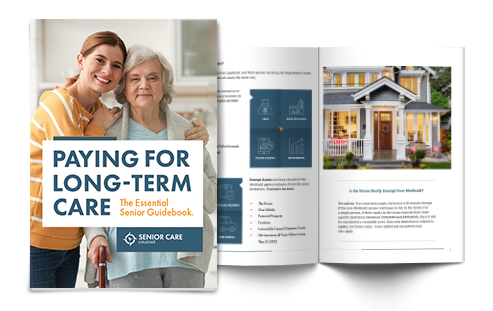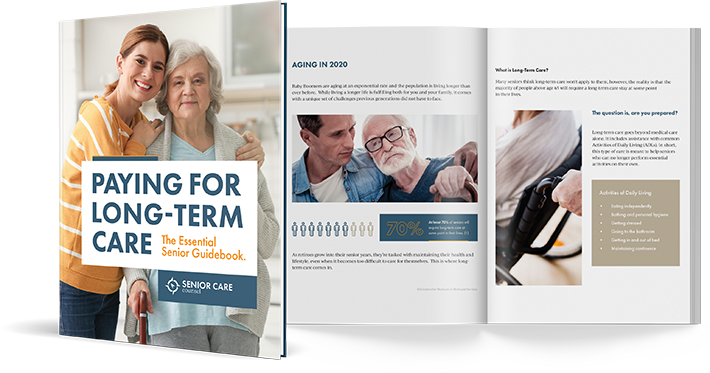What Are Non-Countable vs. Countable Assets?

If you’re creating a long-term care plan (and you should!), you’ve likely heard that you must reduce your assets to qualify for Medicaid. But not all assets impact your Medicaid eligibility.
Let’s break down exactly which assets count and explore strategies to meet Medicaid requirements without spending everything you’ve saved.
Understanding Medicaid Asset Protection Rules
Medicaid is a joint federal and state program that helps individuals with limited income and resources obtain long-term care coverage, typically in a nursing home. To qualify, applicants must meet strict income and asset limits, which vary by state.
In most states, an individual applying for Medicaid can have no more than $2,000 in countable assets. For married couples, the healthy spouse is often allowed to keep more, sometimes over $100,000, depending on the state’s Community Spouse Resource Allowance (CSRA).
But here’s the good news: not all assets are treated equally. Medicaid rules distinguish between countable and non-countable (or exempt) assets. Understanding the difference can help you preserve more of what you own.
Read more: 3 Must-Know Facts about Long-Term Care Insurance
Countable Assets: What Medicaid Considers
Countable assets are those that Medicaid will include when determining financial eligibility. These are resources that could be used to pay for care.
Examples include:
- Cash and bank account balances
- Certificates of deposit (CDs)
- Stocks, bonds, and mutual funds
- Retirement accounts (IRAs, 401(k)s), in most states
- Second homes, vacation properties
- Additional vehicles (beyond the primary vehicle)
These assets may need to be “spent down” or converted into exempt assets to qualify for Medicaid.
Non-Countable Assets: What’s Exempt
Non-countable assets, also known as exempt assets, do not affect your Medicaid eligibility. These are typically essential, personal, or protected assets that the program allows you to keep.
Common examples include:
- A primary residence, if the applicant or spouse lives there (subject to equity limits)
- One vehicle, of any value, used for transportation
- Personal belongings, including furniture, clothing, and jewelry
- Irrevocable prepaid funeral plans
- Burial spaces and certain life insurance policies
- Income-producing property, in some cases
- A small amount of life insurance with little to no cash value
By moving assets into these exempt categories, you can reduce your countable assets without giving away or losing your money.
Read more: An Estate Planning Checklist
Strategies to Convert Countable Assets
If you or a loved one has assets beyond Medicaid’s limits, don’t panic. There are legal and strategic ways to spend down or restructure your finances in a way that benefits you while allowing you to achieve eligibility.
Here are a few asset protection strategies:
- Prepay for final expenses through a funeral expense trust
- Make home repairs or improvements
- Purchase a new car if you only have one
- Pay off debts, including mortgages and medical bills
- Buy personal care items, clothing, or medical equipment
- Fund a Medicaid Compliant Annuity
- Transfer assets to a spouse using spousal protection rules
Each of these strategies should be carefully evaluated with a qualified professional, as improper asset transfers can trigger penalties or cause delays in eligibility.
How We Can Help
Every person’s situation is different, and Medicaid rules vary by state. That’s why it’s critical to work with a Medicaid planning expert who understands how to protect your assets legally and efficiently. Let’s talk about how we can help you preserve your assets.
[FREE] GET OUR PLANNING GUIDE:
"Paying for Long-Term Care - The Essential Senior Guidebook"This guide takes a deep dive into the landscape of long-term care and how to pay for it without going broke, including the answers to your top questions surrounding Medicaid.
GET MY COPY
